The Ring (2002): 45+ Fascinating Facts and Trivia
The Ring (2002) is packed with details. Listed here are the best facts and trivia to make your next viewing of Samara’s cursed video even better than you remember.
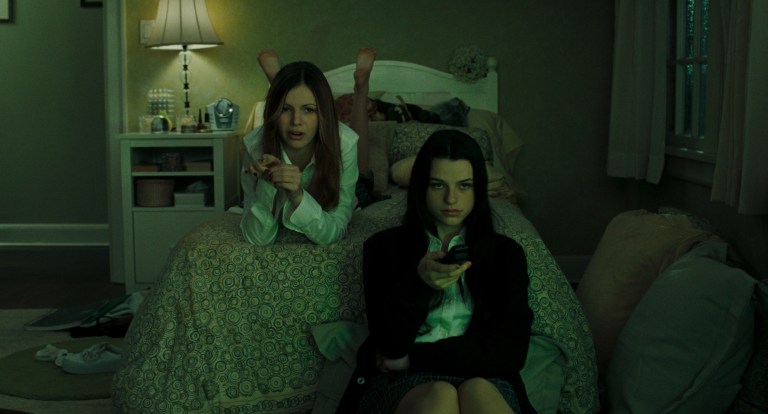
Table of Contents
The Ring (2002) helped start a revolution in horror. Based on Ring (aka Ringu, 1998), the surprise success of The Ring started a wave of American remakes of J-horror movies including The Grudge (2004), Dark Water (2005), and Pulse (2006). The Ring is the best of them all, regularly being cited as one of the scariest American horror movies of all time.
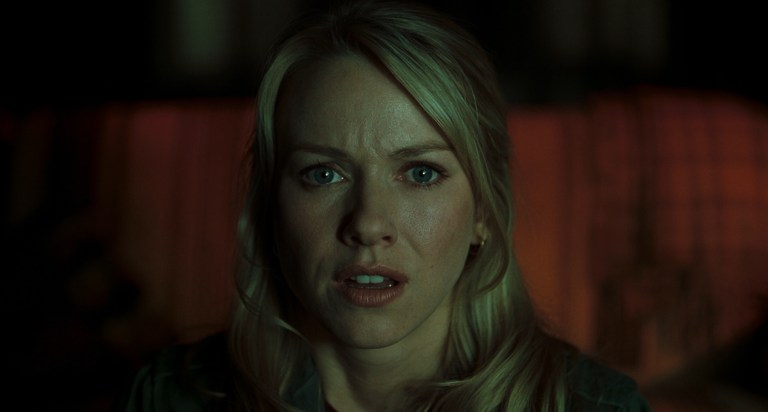
The Ring is about a mysterious videotape that curses anyone who watches it to die exactly seven days later. It’s a simple and effective premise, and one that sticks with viewers long after the movie is over. But while the premise may be simple, director Gore Verbinsky’s movie is dense with details. Listed here are facts about The Ring from behind-the-scenes trivia, to overlooked details, to fascinating connections, and much more.
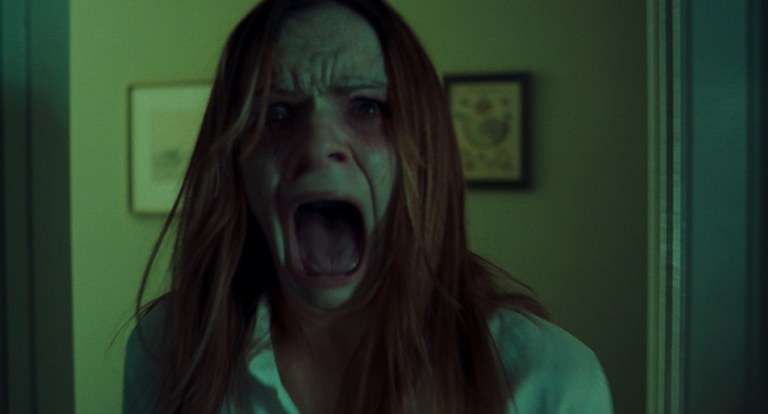
As a warning for anyone who hasn’t seen The Ring, there will be many spoilers throughout this article.
Viral Marketing
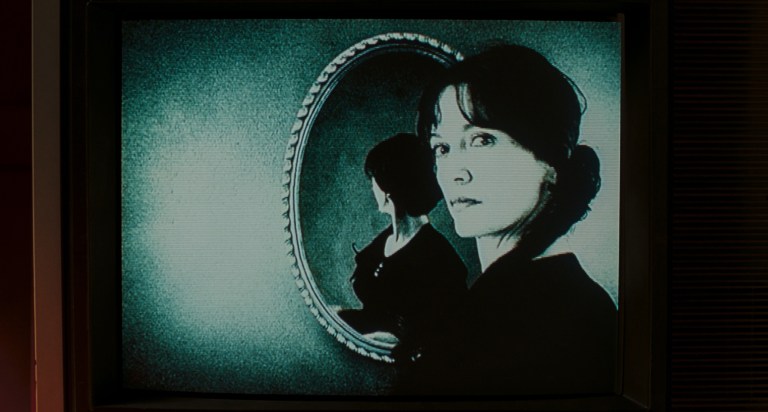
- In 2002, prior to The Ring being released in theaters, a few lucky (or maybe unlucky) people found an unmarked VHS tape containing the cursed video from the movie. Some people reported finding the video tape placed under the windshield wiper on their car, others claimed to find a tape left at their college dorm, while other sources indicate the tapes were left in movie theater seats.

2. The unmarked VHS tapes were part of a viral marketing campaign by DreamWorks. The only information on the tape was the URL for a web site: anopenletter.com. The site was changed shortly after the release of The Ring to show a trailer for the movie, but the original version of the site didn’t contain any reference to DreamWorks or The Ring by name. An archived version of the original site contains rambling text about the unmarked video’s curse, psychic attacks, and Sadako (not Samara like in the American movie) being shoved into a well.
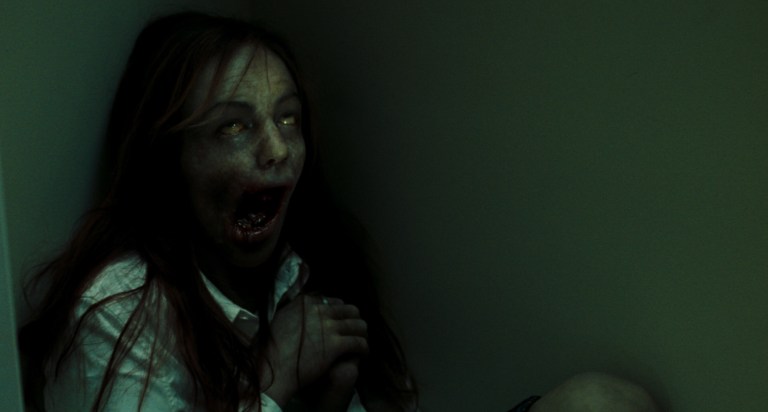
3. The web site also contained a link to sadakoisdead.com, another site presumably created by DreamWorks for viral marketing. The site contained three short videos which are reported to have been teasers for The Ring. The videos were said to be rather abstract, though they apparently did reference events in the movie.
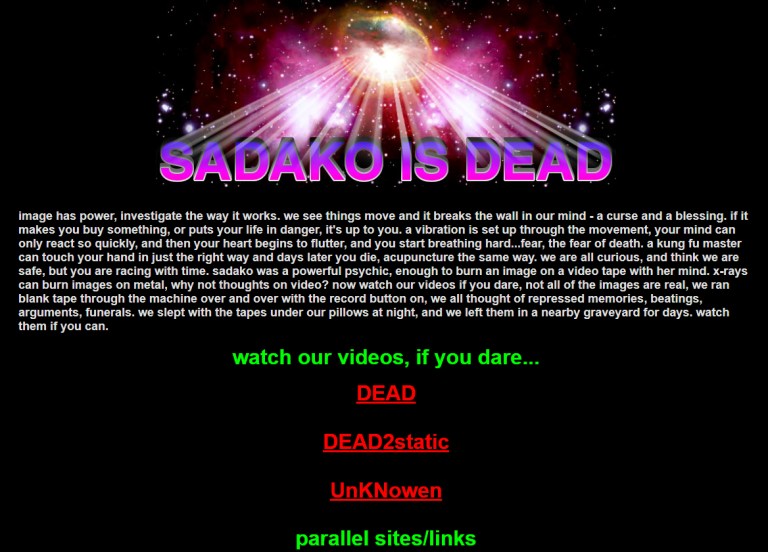
4. One of the videos on sadakoisdead.com is said to have included an image of a man cutting himself in the mouth with a knife. The footage in the video may have been misinterpreted though. In Samara’s cursed video, there is a brief closeup of a man’s mouth with something being pulled out of his throat (mirroring the scene in The Ring where Rachel pulls a string of hair from her throat). It’s possible that, with sufficient distortion in the video, this clip was mistaken for a man with a knife.
5. The then co-head of DreanWorks’ motion picture division, Walter Parkes, said some gore was cut to ensure a PG-13 rating, so it’s possible the lost promo videos were more gruesome than what made it into the movie.
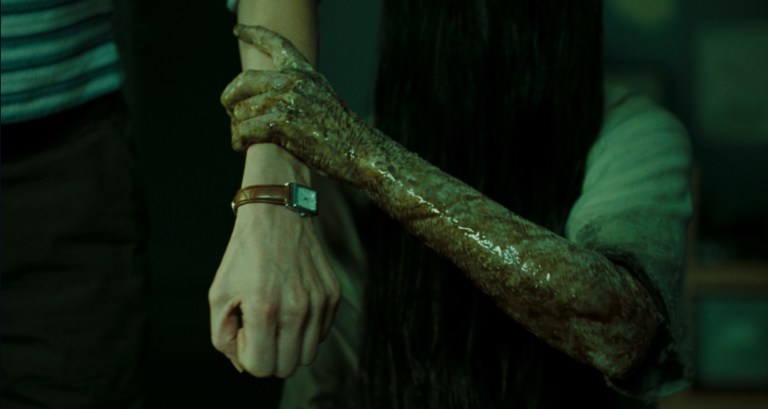
6. In addition to sadakoisdead.com, there was an almost identical site with the URL samaraisdead.com. This second site was available around 2005, meaning it was probably used to market The Ring 2 which was released in the USA in March of 2005.
7. In the promotional comic book adaptation of The Time Machine released by DreamWorks in 2002, there is a page displaying “Amazing Urban Legends.” One of the legends is about a video tape in Japan that, after you watch it, you receive a phone call, then you die within seven days. There is no mention of The Ring, and the story is included with known urban legends including alligators living in New York sewers and someone waking up in an ice-filled tub with an organ missing.
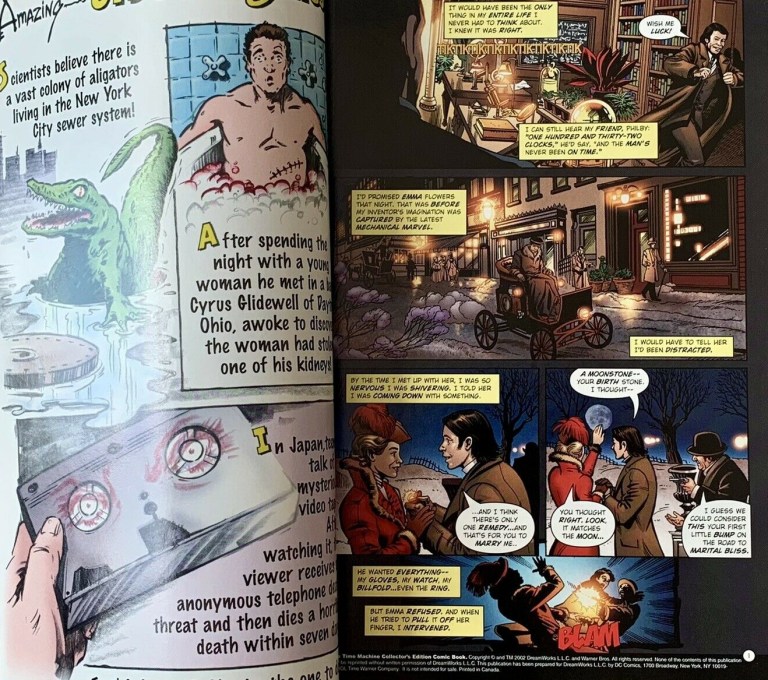
8. Other marketing tactics for The Ring involved, as some people report, showing portions of Samara’s cursed video on television with no context given that it was for a movie. A contemporary article from the Los Angeles Times notes that the first television ads featured an image of “a circle” (presumably of the ring from Samara’s video) along with the line, “Before you die, you see the ring.”
9. Early marketing attempts were maybe a bit too cryptic. Preview screenings taking place just a week before the wide release of the movie were only about 60% to 70% full. This led to a revamp in the marketing strategy. TV ads were created that emphasized audience reactions and clips from the film.
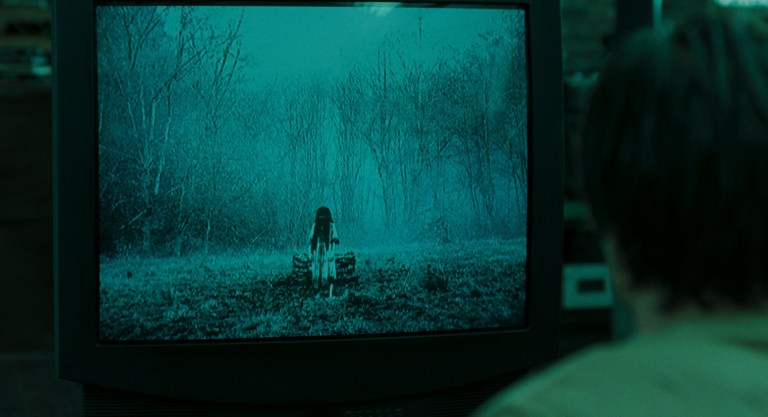
10. The Ring became a big success in theaters thanks largely to word-of-mouth. First, it exceeded expectations by hitting $15 million during its opening weekend. Then, instead of dropping off gradually like most movies do, The Ring climbed to over $18 million during each of the next two weekends
Cast & Crew Facts
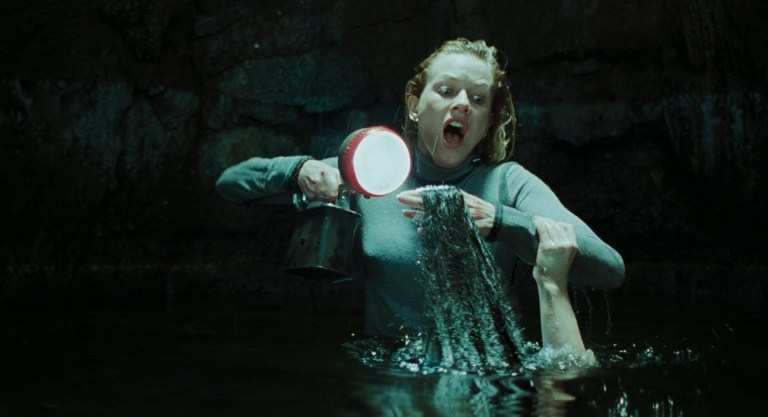
11. Naomi Watts was cast in the lead as Rachel Keller in part because Gore Verbinski wanted someone who was not a “marquee star.” Watts’ performance in Mulholland Drive (2001) helped Verbinski see her as being a good fit for the role of Rachel.
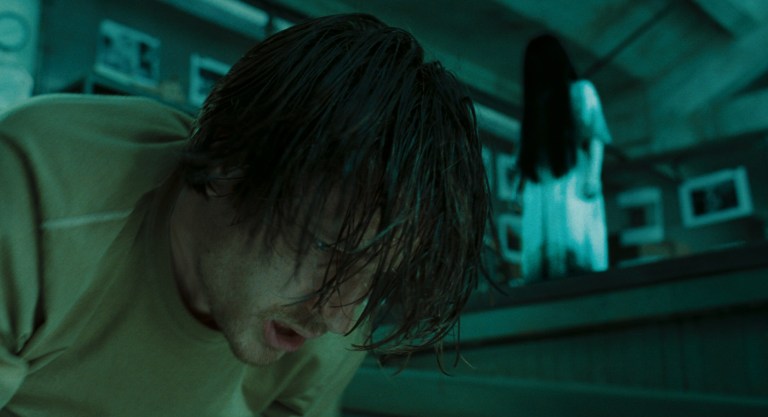
12. Other actors considered for the role of Rachel were Gwyneth Paltrow and Jennifer Connelly. Connelly reportedly requested rewrites due to concerns about playing an inattentive mother, which likely contributed to producers looking elsewhere.
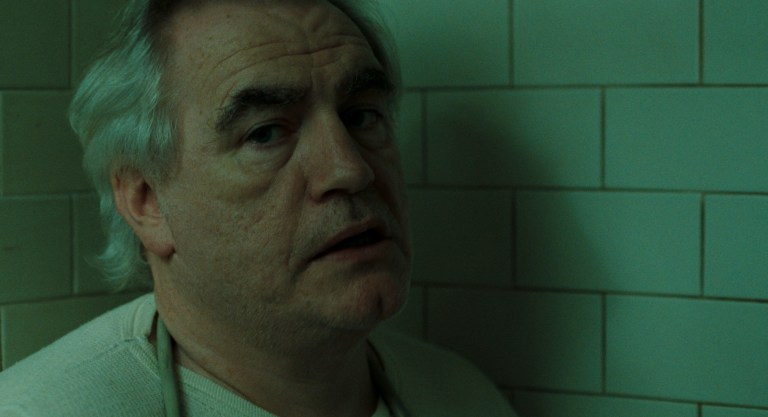
13. Brian Cox’s character, Richard Morgan, was originally named Victor in the script.
14. The script for The Ring is written by Ehren Kruger who previously wrote Scream 3 (2000). Rewrites were done by Scott Frank who is known for films including Get Shorty (1995) and Logan (2017).
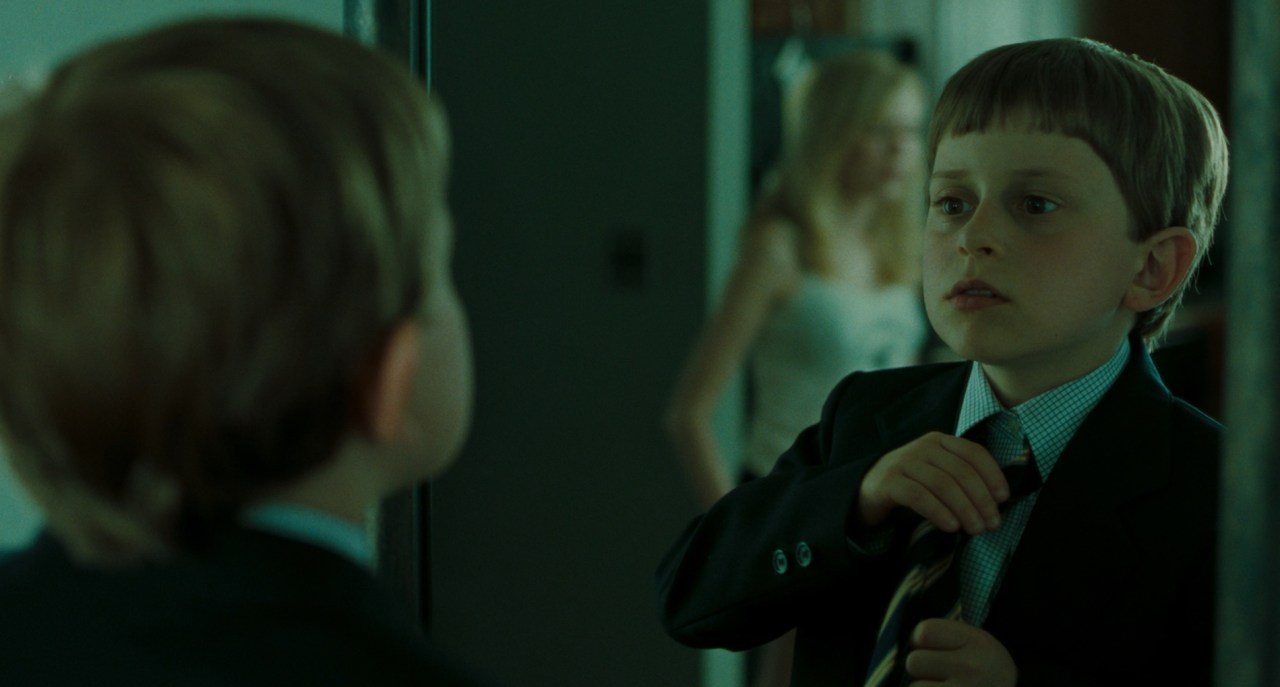
15. Walter F. Parkes and Laurie MacDonald of DreamWorks first saw Ring (aka Ringu, 1998) on a copied video tape. Within three hours they agreed to pay $1 million for the rights to remake the movie.
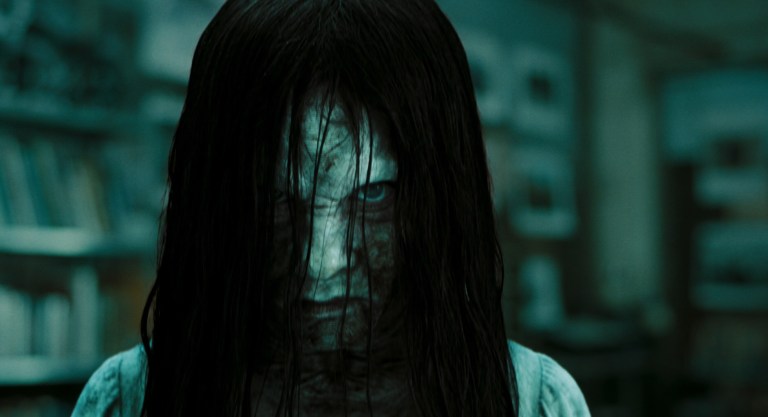
16. Director Gore Verbinski says he also first saw the original Japanese Ring on a copied VHS tape that was “probably seven generations down.” The unlabeled tape and its poor visual quality “added to the mystique” of the film.
Production Notes and Facts
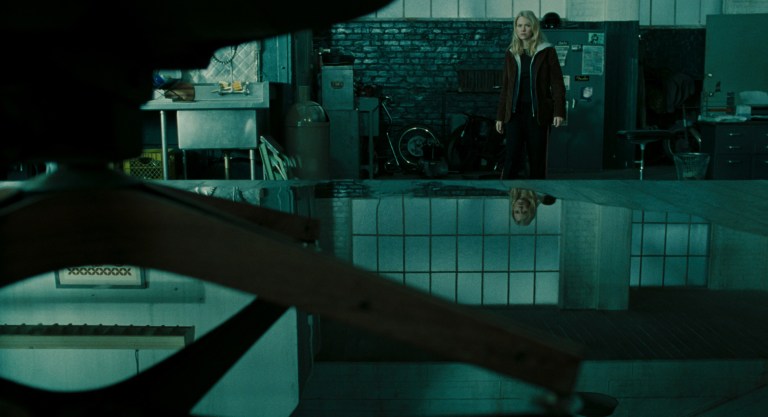
17. Gore Verbinski started shooting The Ring while rewrites on the script were still being done. The director says starting without a locked script made things “insane,” and he was working more from his visual notebook rather than the script for most of the shoot.
18. Production designer Tom Duffield has said that the “haunting” work of artist Andrew Wyeth heavily inspired the look of The Ring.
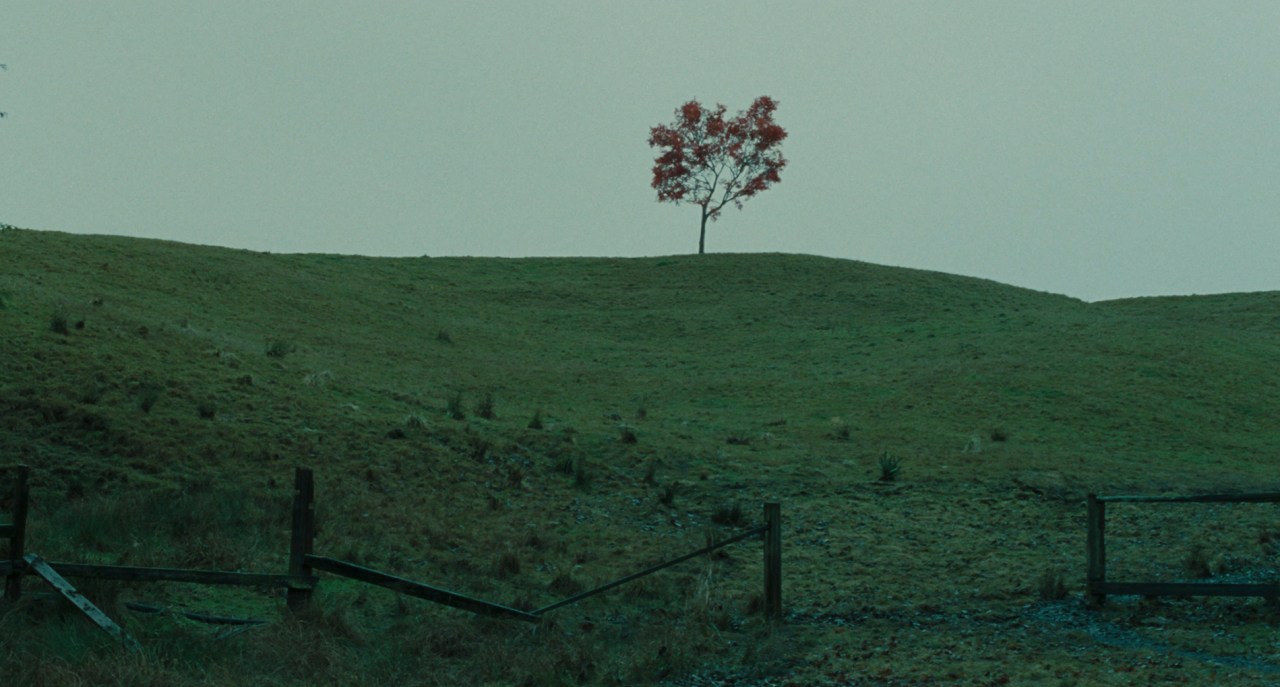
19. The tree seen repeatedly in The Ring is a Japanese maple tree known as a “kaede” tree.
20. The fruit of a kaede tree is called “samara” which is, of course, the same as the name of the ghost in The Ring, Samara Morgan.
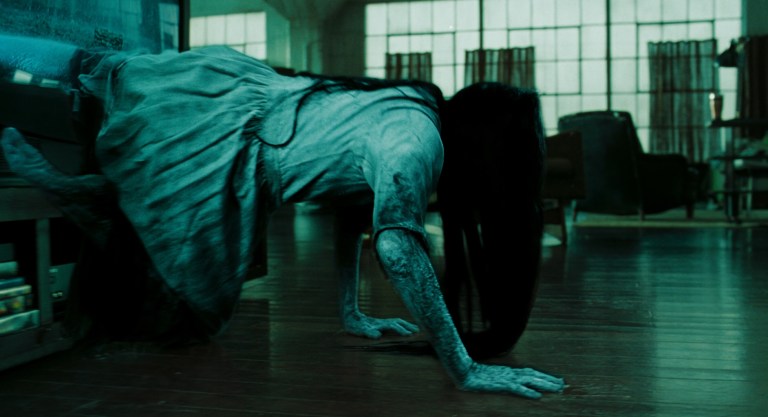
21. The kaede tree in The Ring is artificial. It was made of steel tubing and plaster, and the leaves were painted silk. The crew had a difficult time with the tree, with winds of 60-100 miles per hour repeatedly knocking it over in multiple locations.
22. The red-leafed maple tree was nicknamed “Lucille” by the film’s crew, in reference to Lucille Ball.
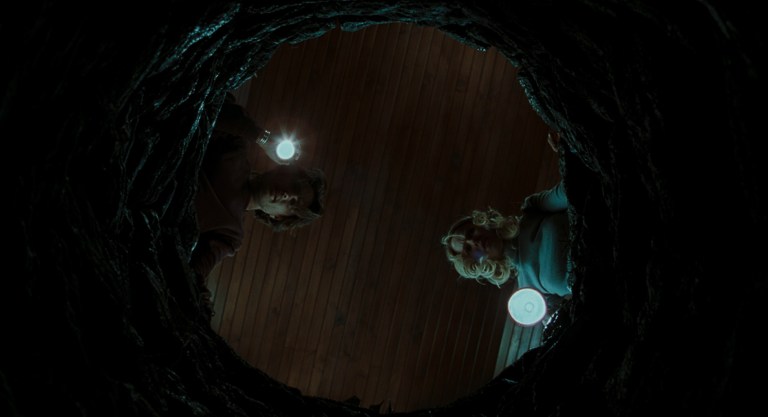
23. Circles and rings are seen repeatedly throughout the movie in nearly every scene. Some examples like cups, bowls, ashtrays, clocks, knobs, wheels, and buttons feel natural. The abundance of other examples like circular jewelry, camera lenses, tape reels, and designs on furniture give the movie an increasingly unnatural feel.

24. Another visual motif in The Ring is that of horses. While not as abundant as circles, images of horses pop up now and then, culminating in the discovery of Samara’s room with a rocking horse, a horse doll, carousel horses, and wallpaper with a repeated pattern of horse heads.
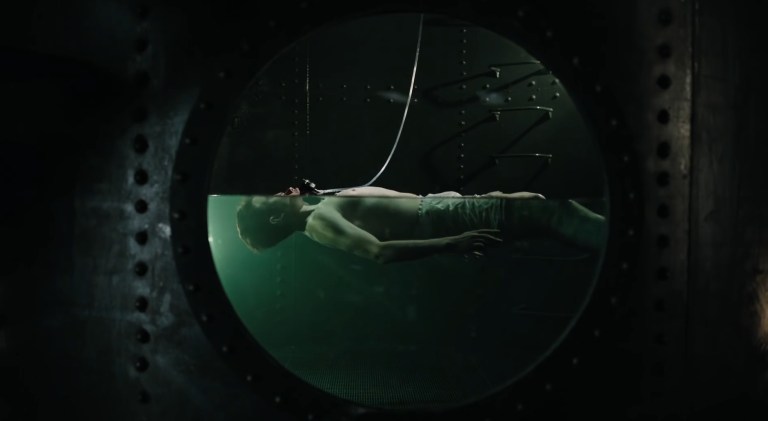
25. Director of Photography Bojan Bazelli stated that his approach to shooting A Cure for Wellness (2016) was, in part, meant to be an homage to the look of The Ring. He cites a similar “greenish cyan” color palette, as well as the repeated use of circles as a direct reference to The Ring. In particular, the water tank scene in A Cure for Wellness uses multiple circles.

26. Bojan Bazelli intentionally tried to eliminate shadows cast by actors in many scenes in order to subtly alter the viewer’s perception, and to heighten the level of “ambiguity” in the film. Gore Verbinsky said the elimination of shadows made the characters feel like they were “floating a little bit,” somewhat like ghosts themselves.
Alternate and Deleted Scenes

27. Actor Chris Cooper was in a pair of scenes that were cut before the movie was released. Cooper played a criminal whom Naomi Watts’ character Rachel interacts with as a journalist at the beginning of the movie. In one of the final scenes, Rachel returns to the criminal and gives him the cursed tape to watch. Cooper says the scenes were cut because they were too much of a distraction, and people expected his character to be involved in the story more. Footage of Cooper’s scenes was never released.
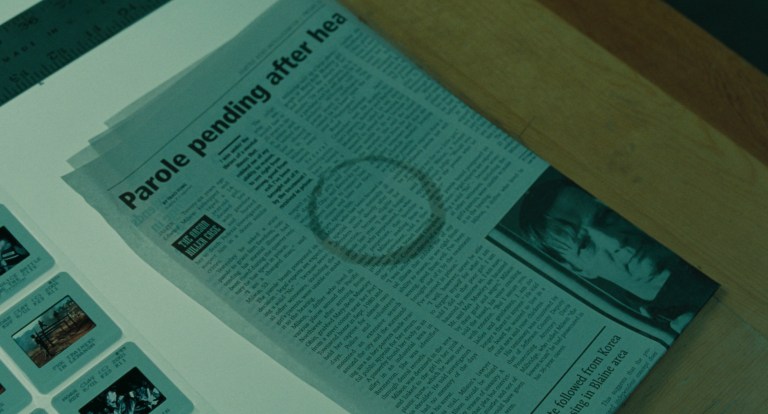
28. Chris Cooper’s character was named Edward Milson, and a newspaper seen in one of the final scenes of The Ring describes his crimes. Milson’s case is known as “The Arson Killer Case” because he raped a girl and murdered her by setting her on fire. The article states that Milson claims to be a changed man, and he is petitioning to be released from prison. Interestingly, Rachel did not write the article.
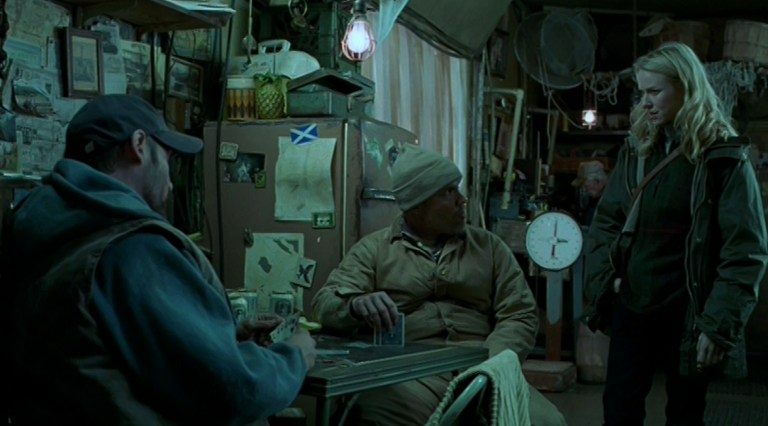
29. Some deleted scenes are included as a separate bonus feature on the DVD and Blu-ray releases of The Ring. Included are two scenes taking place in a video store. One takes place early in the movie, and it shows Rachel being mocked by a clerk at the store for her video choices (which include cartoons for Aiden). The second scene was to take place at the end of the movie, and it shows the cursed tape in the “Employee Picks” section of the same video store.
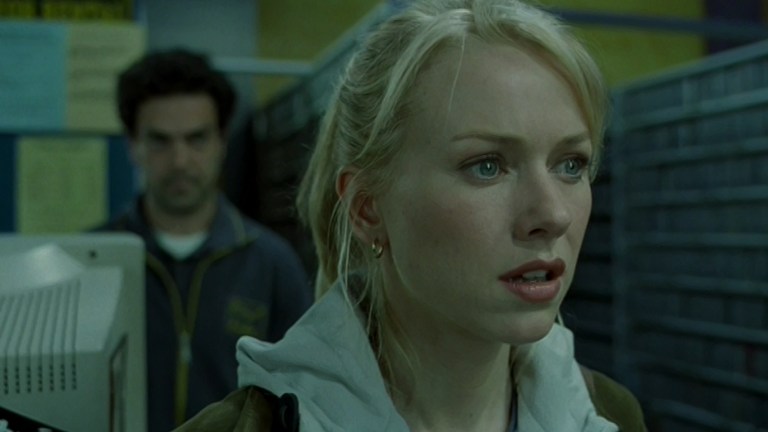
30. A shooting script dated October 3, 2001 extends the alternate ending involving the video store. The released ending stops right after Aiden makes a copy of the tape and asks Rachel what will happen to the person they show it to. In the script, Aiden is shown making a copy, then he takes the tape to the video store and leaves it on the front counter. There is a note on the tape to make a copy and show it to someone else after viewing it. The clerk who mocked Rachel takes the tape, but he discards the note. The script then describes the scene shown on the deleted scenes on the DVD and Blu-ray, though instead of ending on a closeup of the tape on the video store shelf, the script ends in a wide shot of the store with voiceovers saying “she wants you to watch it.”
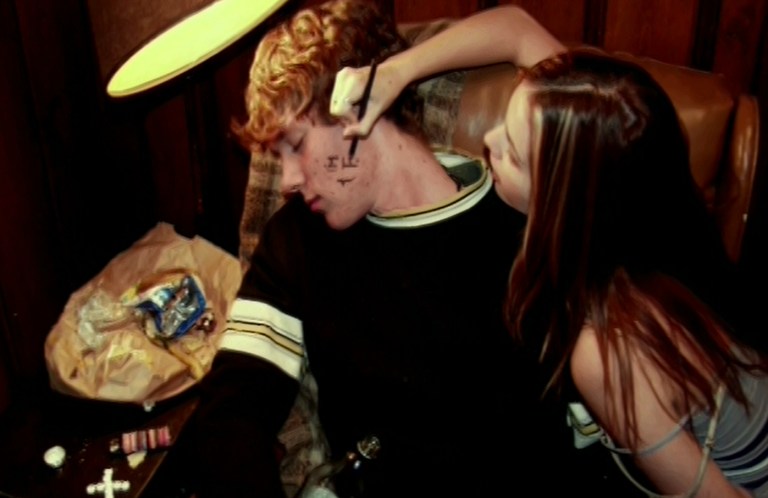
31. Rachel originally didn’t find the claim slip for Katie’s photos in a binder on Katie’s desk. Instead, the script describes Rachel going back to Katie’s house and finding the slip attached to a calendar in Katie’s room. The scene also includes a confrontation between Rachel and Katie’s mother Ruth where Ruth insinuates that Rachel isn’t a very good mother.
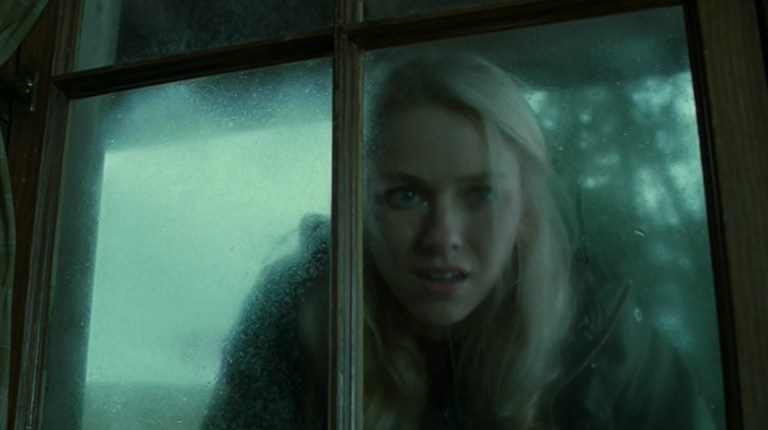
32. A deleted scene shows Rachel breaking into the cabin at Shelter Mountain Inn. She doesn’t find anything, so she then goes to the innkeeper.
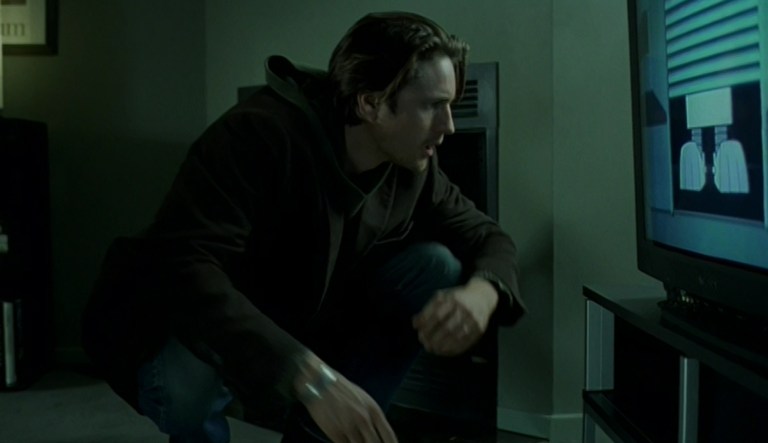
33. Another deleted scene shows Noah looking for the cursed tape in Rachel’s apartment. The scene takes place when the babysitter is watching Aiden. Aiden introduces Noah to the babysitter not as his father, but as “Rachel’s friend Noah.” Noah’s search for the tape leads him to Katie’s photographs from the Shelter Mountain Inn.

34. Also deleted is a scene showing Noah going to Shelter Mountain Inn and discovering the dead body of the innkeeper. The innkeeper’s TV has water surrounding it, there are rings scrawled on notebook paper on his desk, and there are maggots in some food (referencing the maggots in Samara’s video).
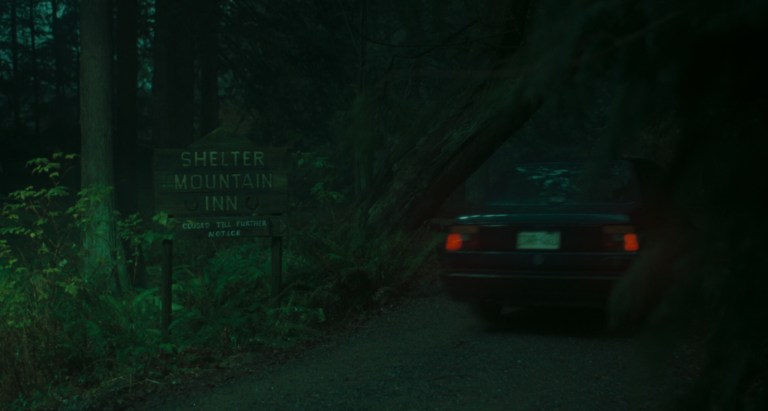
35. In the script, Noah doesn’t discover his face being distorted in a security camera. Instead, he passes by an electronics store that has a camcorder set up in the front window. Noah’s distorted features can be seen on multiple televisions.
Other Interesting Facts, Trivia, and Hidden Details
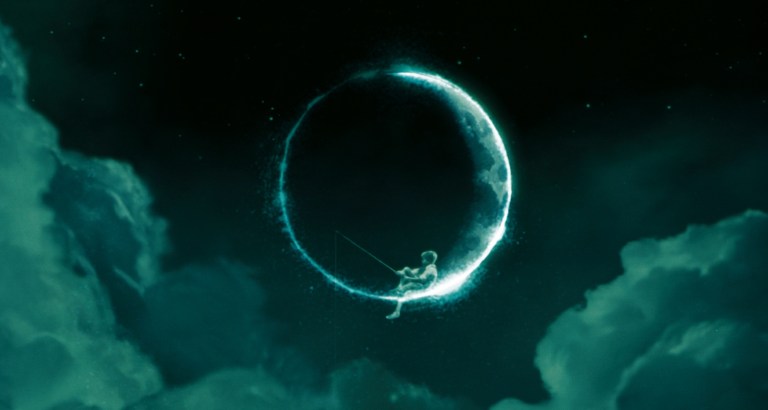
36. The DreamWorks logo at the beginning of the movie forms a ring.
37. Rachel’s apartment number is 601. 6 + 0 + 1 = 7 (days). The number on Rachel’s door is also enclosed in a black circle.
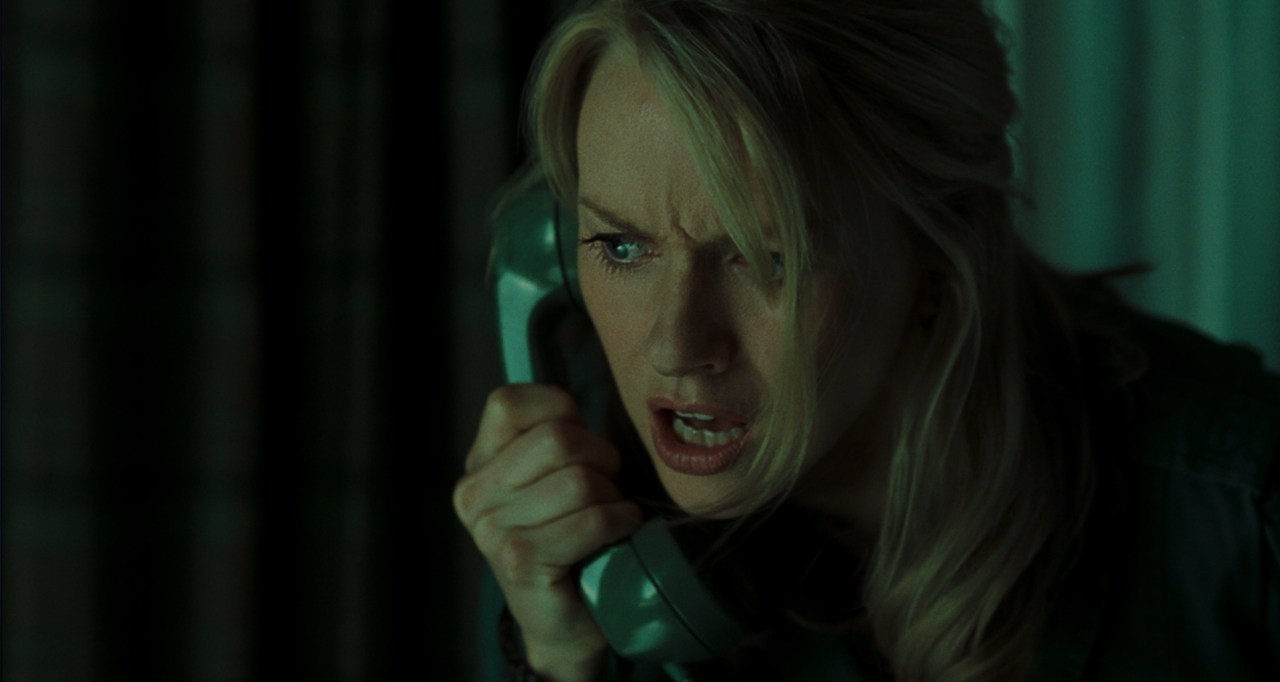
38. In the original script for The Ring, neither Aiden nor Noah get a phone call warning them about their impending death. Rachel eventually realizes that the phone only rings at the cabin, and that, plus the tree burned on Samara’s bedroom wall, helps her figure out to go back there to find the well. In the movie, the phone does ring after Aiden and Noah watch the tape, but Rachel refuses to answer it both times.
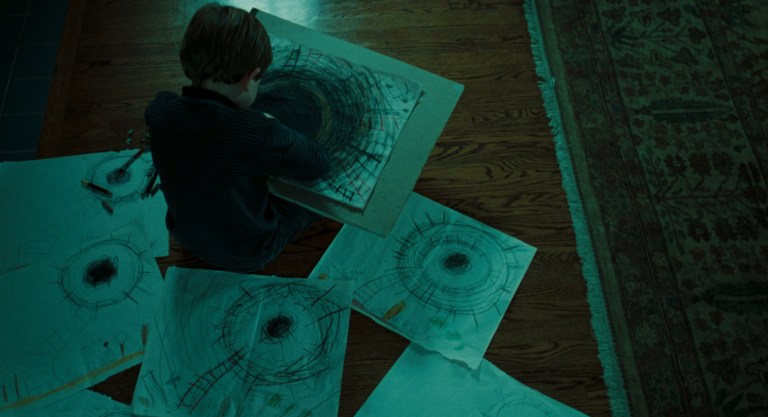
39. “The Ring” can refer to multiple things. It’s a direct reference to the circle of light seen by Samara from the bottom of the well, and it references the many circles and rings seen in the movie inspired by the ring of light. “The Ring” can also refer to the ringing of a telephone.
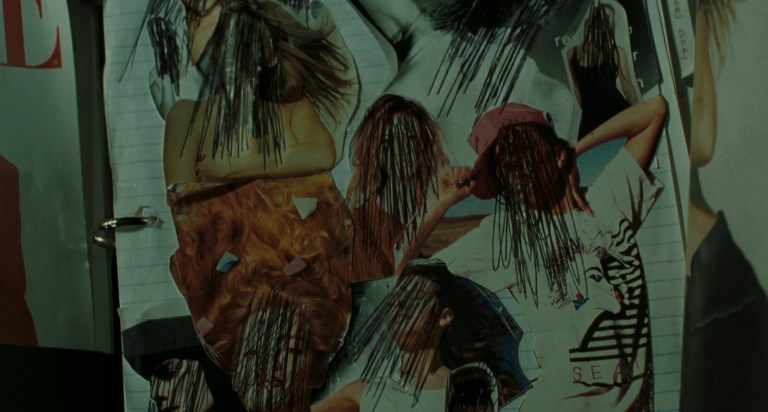
40. Samara’s ability to project images onto objects is referred to as “projected thermography” in The Ring. Projected thermography is a term thought to be created for the movie, but it refers to an alleged psychic phenomenon referred to as thoughtography or, in Japanese, nensha. Samara not only imprints images onto film and video tape, she can also project images into people’s minds. She also literally burns images onto other objects like the tree burned onto the wall of her room.
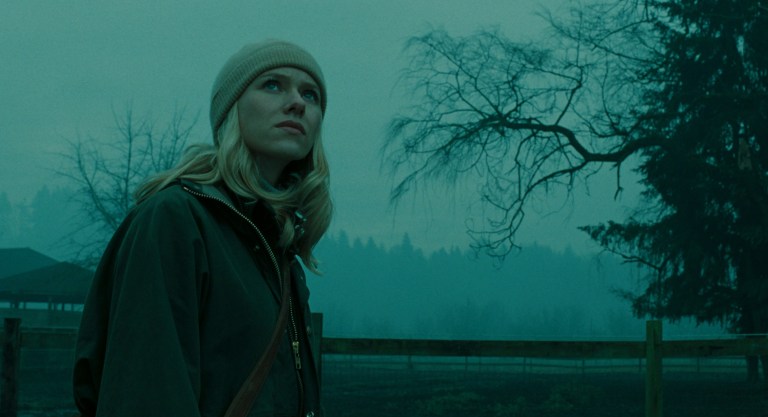
41. The movie takes place in and around Seattle, Washington, but in the script the story takes place in and around Boston, Massachusetts.
42. The lighthouse on the fictional Moesko Island in The Ring is the Yaquina Head Light (aka Yaquina Head Lighthouse) located in Newport, Oregon. The real lighthouse has ghost stories attached to it, and it is open to the public.
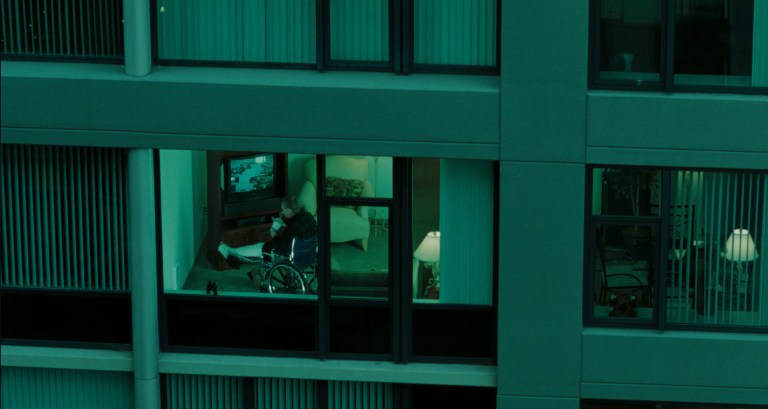
43. The name of one of the doctors listed on the medical records Noah finds is “Dr. Orloff.” This may be a subtle reference to the film The Awful Dr. Orlof (1962). The movie, from Spanish director Jess Franco, is about a mad scientist whose crimes are done to help cure his disfigured daughter whom he hides from the public.
44. When Rachel is using the library computer for research, the address bar in the browser seen on screen shows that the “search engine” she’s using is really just a file stored in a folder on the desktop of her computer.
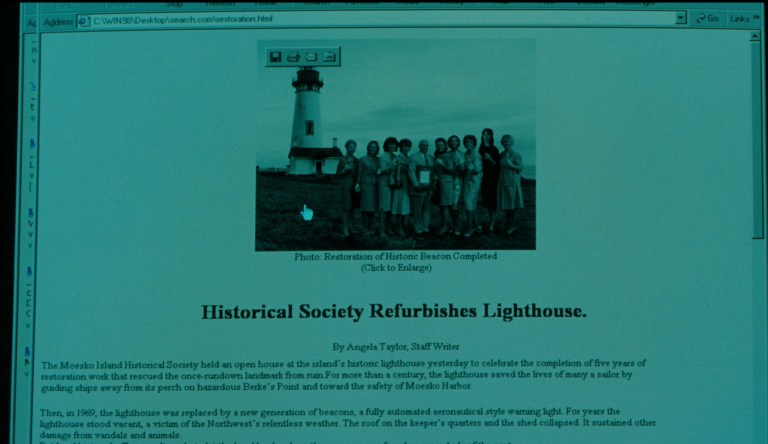
45. In The Ring, Rachel discovers a web site showing a picture of Anna Morgan with a group of women in front of the lighthouse on Moesko Island. A copy of the site was available online for a while, but it’s unlikely it was made by anyone associated with the movie since the text is different. An archived version of the site also contains a typo in one of the first lines which is not seen in the movie.
46. At least one other URL shown in the movie was online at one point, moeskoisland.com.
